Mironins (2021)
ジャンル : アニメーション, コメディ, ファンタジー
上映時間 : 56分
演出 : Mikel Mas Bilbao, Txesco Montalt
脚本 : Celia Rico Clavellino, Cristina Broquetas, Irene Iborra
シノプシス
Every night, when the museum closes its doors, the mironins, Blu, Low and Ro, three little drops of paint that live in the paintings created by the Spanish painter Joan Miró (1893-1983), come to life and immerse themselves in an inexhaustible universe where art and imagination reign.

北欧の若き巨匠リューベン・オストルンド監督による風刺の利いたヒューマン・ドラマ。有名美術館のキュレーターが、携帯と財布を盗んだ相手に愚かな行動を取ったことから、思わぬ事態に陥ってしまうさまを描き出す。
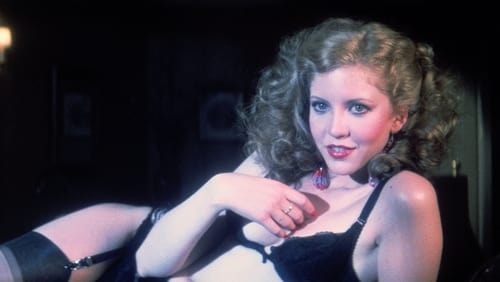
夫婦生活に不満を抱えるケイトは精神分析医エリオットのもとへ通っていた。そんな彼女が美術館で出会った男性との情事のあと、剃刀を手にした女性に惨殺される。現場に偶然居合わせたコールガールのリズは、警察から疑いの目を向けられ、街中で危険な目に遭いながらも、ケイトの息子ピーターと組んで真犯人を追うことに…。
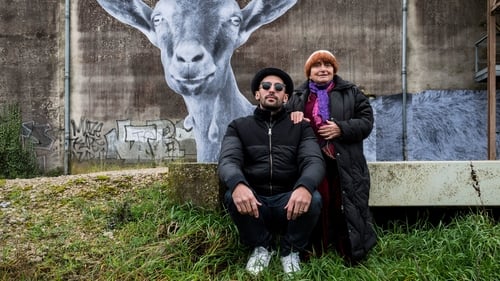
Director Agnès Varda and photographer/muralist JR journey through rural France and form an unlikely friendship.

Chronicles the creation of The Metropolitan Museum of Art's most attended fashion exhibition in history, "China: Through The Looking Glass," an exploration of Chinese-inspired Western fashions by Costume Institute curator Andrew Bolton.
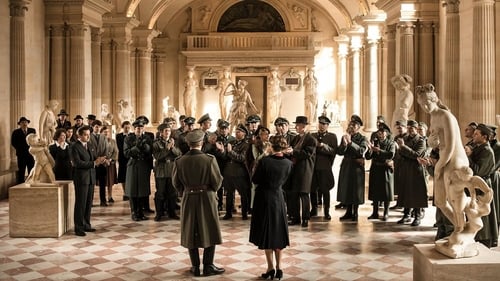
Master filmmaker Alexander Sokurov (Russian Ark) transforms a portrait of the world-renowned museum into a magisterial, centuries-spanning reflection on the relation between art, culture and power.
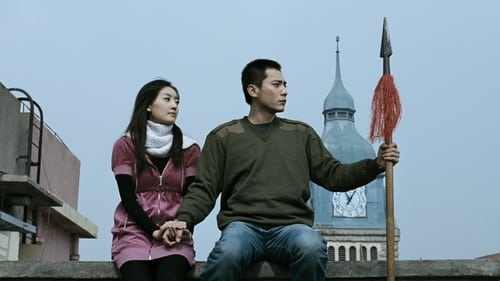
Lao San is a young veteran high in Kungfu power but low in intelligence. After landing on a job as a body guard for a wealthy antique collector, Lao San finds out his boss's plot to rob the National Art Museum.

To celebrate its 250th anniversary, this documentary tells the story of one of the world’s greatest museums, from its foundation by Catherine the Great, though to its status today as a breathtakingly beautiful complex which includes the Winter Palace. Showcasing a vast collection of the world’s greatest artworks together with contemporary art galleries and exhibitions, it holds over 3 million treasures and world class masterpieces in stunning architectural settings. This is its journey from Imperial Palace to State Museum, encompassing a sometimes troubled past, surviving both the Revolution in 1916 and the siege of Leningrad by the Nazis in 1941-44.
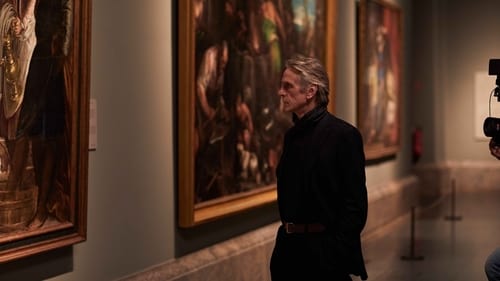
Actor Jeremy Irons embarks on an epic journey through the halls of the Prado Museum in Madrid, Spain, two hundred years after its inauguration, along corridors where thousands of masterpieces of all time tell the lives of rulers and common people, and tales about times of war and madness and times of peace and happiness; because, as Goya said, imagination, the mother of the arts, produces impossible monsters, but also unspeakable wonders.

Taking its lead from French artists like Renoir and Monet, the American impressionist movement followed its own path which over a forty-year period reveals as much about America as a nation as it does about its art as a creative power-house. It’s a story closely tied to a love of gardens and a desire to preserve nature in a rapidly urbanizing nation. Travelling to studios, gardens and iconic locations throughout the United States, UK and France, this mesmerising film is a feast for the eyes. The Artist’s Garden: American Impressionism features the sell-out exhibition The Artist’s Garden: American Impressionism and the Garden Movement, 1887–1920 that began at the Pennsylvania Academy of the Fine Arts and ended at the Florence Griswold Museum, Old Lyme, Connecticut.

A rural American town suffering economically from factory closures finds an unconventional route to recovery with the help of MASS MoCA.

Berlin’s Museum Island, the cultural center of the German capital on the Spree river, houses a large number of art pieces from all over the globe, from the Stone Age to the present day. A walk through their great institutions to marvel at their masterpieces.

A bike messenger, an electrician, a postal worker, a business man and an office worker make their way through an evening in New York City. A collection of eight large-scale moving images projected on the walls of New York's Museum of Modern Art.
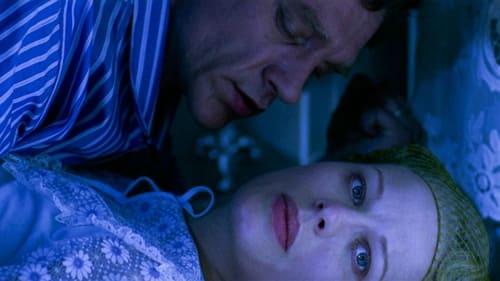
In the 1930s, middle-aged museum curator Tauno Saarinen yearns for a young beautiful maid and writes a lengthy confession about his feelings which he gives his wife Elisabet to read. Elisabet shows the writings to her husband's sister Naimi, an art critic who tries to reconcile with her ex-husband despite a spiteful mother-in-law. Meanwhile, things gets worse between Tauno and Elisabet when the young maid, seduced by Tauno, becomes pregnant. Based on a novel by Helvi Hämäläinen, first published in 1941 but partly censored until 1995 because allegedly based on true incidents involving well-known people.
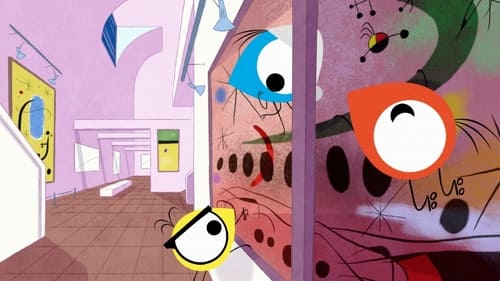
Every night, when the museum closes its doors, the mironins, Blu, Low and Ro, three little drops of paint that live in the paintings created by the Spanish painter Joan Miró (1893-1983), come to life and immerse themselves in an inexhaustible universe where art and imagination reign.

Acquired in July 1909 by art collector Wilhelm von Bode (1845-1929), director general of the Prussian Art Collections and founding director of the Kaiser-Friedrich-Museum, now the Bode-Museum, the Bust of Flora, Roman goddess of flowers, has been the subject of controversy for more than a century. Von Bode, under pressure from the German Kaiser Wilhelm II, argued that the wax sculpture was created by Italian artist Leonardo da Vinci (1452-1519).

Lucy Jarvis -- the plucky camerawoman known for becoming the first Westerner to film inside communist China -- breaks barriers once again with this exclusive look at the world-famous Musée du Louvre, a place that previously barred access to all filmmakers. Charles Boyer is your host on this personalized tour of the museum's most prized possessions, including works by da Vinci, Michelangelo, Vermeer and Van Eyck.

At the peak of Perestroika, in 1987, in the village of Gorki, where Lenin spent his last years, after a long construction, the last and most grandiose museum of the Leader was opened. Soon after the opening, the ideology changed, and the flow of pilgrims gradually dried up. Despite this, the museum still works and the management is looking for ways to attract visitors. Faithful to the Lenin keepers of the museum as they can resist the onset of commercialization. The film tells about the modern life of this amazing museum-reserve and its employees.

A follow up to award winning documentary 'Herb & Dorothy', the film captures the ordinary couple's extraordinary gift of art to the nation as they close the door on their life as collectors. When Herb and Dorothy Vogel, a retired postal clerk and librarian, began collecting works of contemporary art in the 1960s, they never imagined it would outgrow their one bedroom Manhattan apartment and spread throughout America. 50 years later, the collection is nearly 5,000 pieces and worth millions. Refusing to sell, the couple launches an unprecedented gift project giving artworks to one museum in all 50 states. The film journeys around the country with the Vogels, meeting artists who are famous or unknown, often controversial, striking today's society with questions about art and its survival.

The Kabul National Museum, once known as the "face of Afghanistan," was destroyed in 1993. We filmed the most important cultural treasures of the still-intact museum in 1988: ancient Greco-Roman art and antiquitied of Hellenistic civilization, as well as Buddhist sculpture that was said to have mythology--the art of Gandhara, Bamiyan, and Shotorak among them. After the fall of the Democratic Republic of Afghanistan in 1992, some seventy percent of the contents of the museum was destroyed, stolen, or smuggled overseas to Japan and other countries. The movement to return these items is also touched upon. The footage in this video represents that only film documentation of the Kabul Museum ever made.
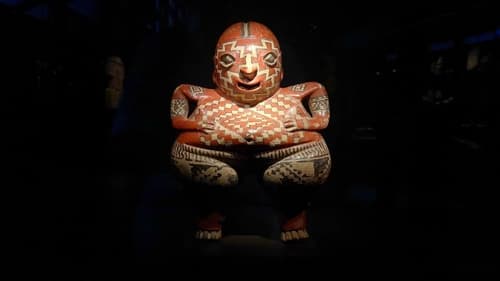
Many twentieth century European artists, such as Paul Gauguin or Pablo Picasso, were influenced by art brought to Europe from African and Asian colonies. How to frame these Modernist works today when the idea of the “primitive” in art is problematic?















